Studebaker doesn’t get much credit for being clever, but cleverness helped it survive through 1966 when, by all rights, it could have thrown in the towel. Through a streak of bad and good luck, Studebaker weathered the ups and downs while mostly maintaining its integrity. A fine example of Studebaker’s last stand is our Pick of the Day, a 1964 Studebaker Daytona two-door hardtop. It is listed on ClassicCars.com by a dealership in Grand Rapids, Michigan. (Click the link to view the listing)
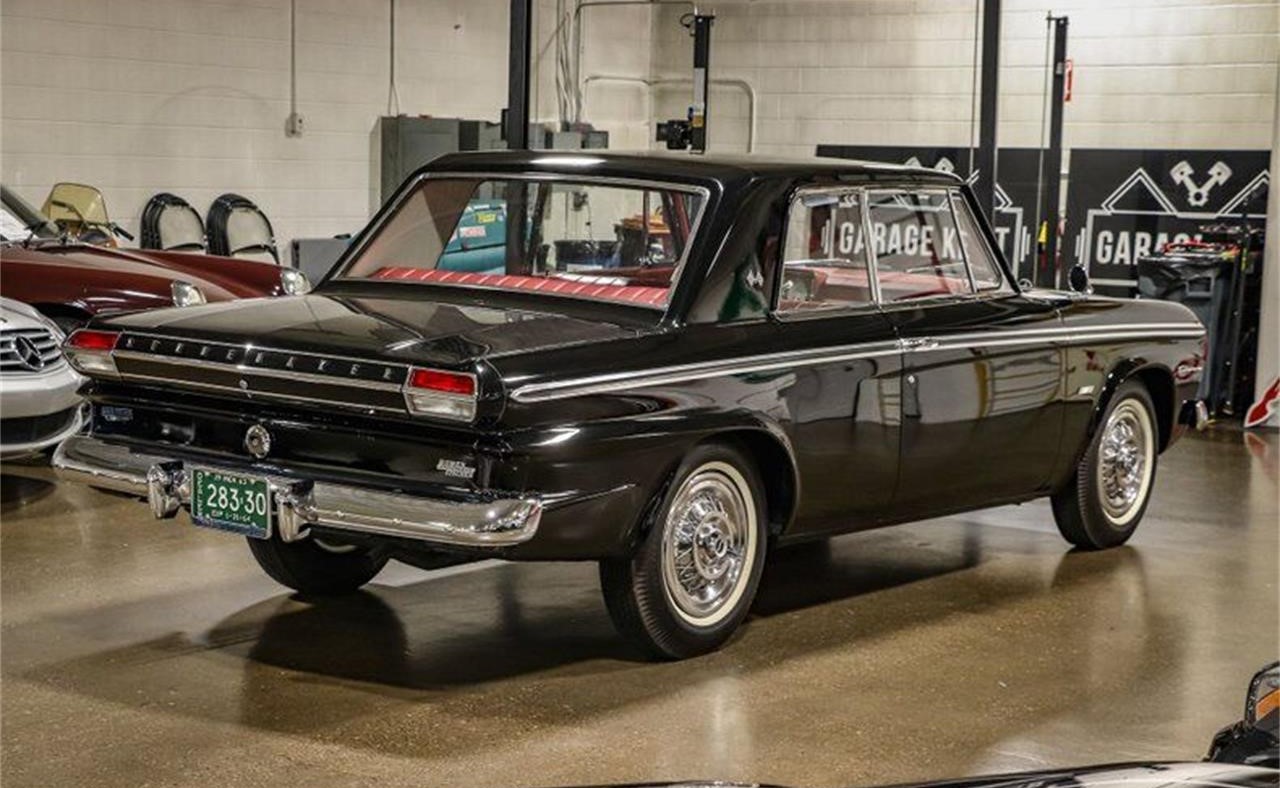
The postwar years had been most kind and unkind to Studebaker. On one hand, Studebaker was “first by far with a postwar car,” with aircraft-inspired styling and a choice of six or eight (to become a V8 in 1951). Then there was the “Loewy Coupe” of 1953, drawing oohs and aah around the world. But for all the glory, the sedans and wagons ended up looking quite stubby, plus quality issues cropped up. Labor costs were higher than its competitors, too. Studebaker’s liquidity was poor, which was considerably exacerbated by a merger with Packard. Aside of the Hawk series (which were heavily facelifted Loewy Coupes), Studebaker’s sedans didn’t keep up in style in a decade of style.
In a gamble that was serendipitous, Studebaker trimmed the sedan’s wheelbase ahead of the firewall, resulting in a practical car that could still carry six in comfort. Introduced at the dusk of the 1958 recession, the new Lark (available with a six or V8) joined Rambler in offering sensible transportation in an era where the norm was anything but.
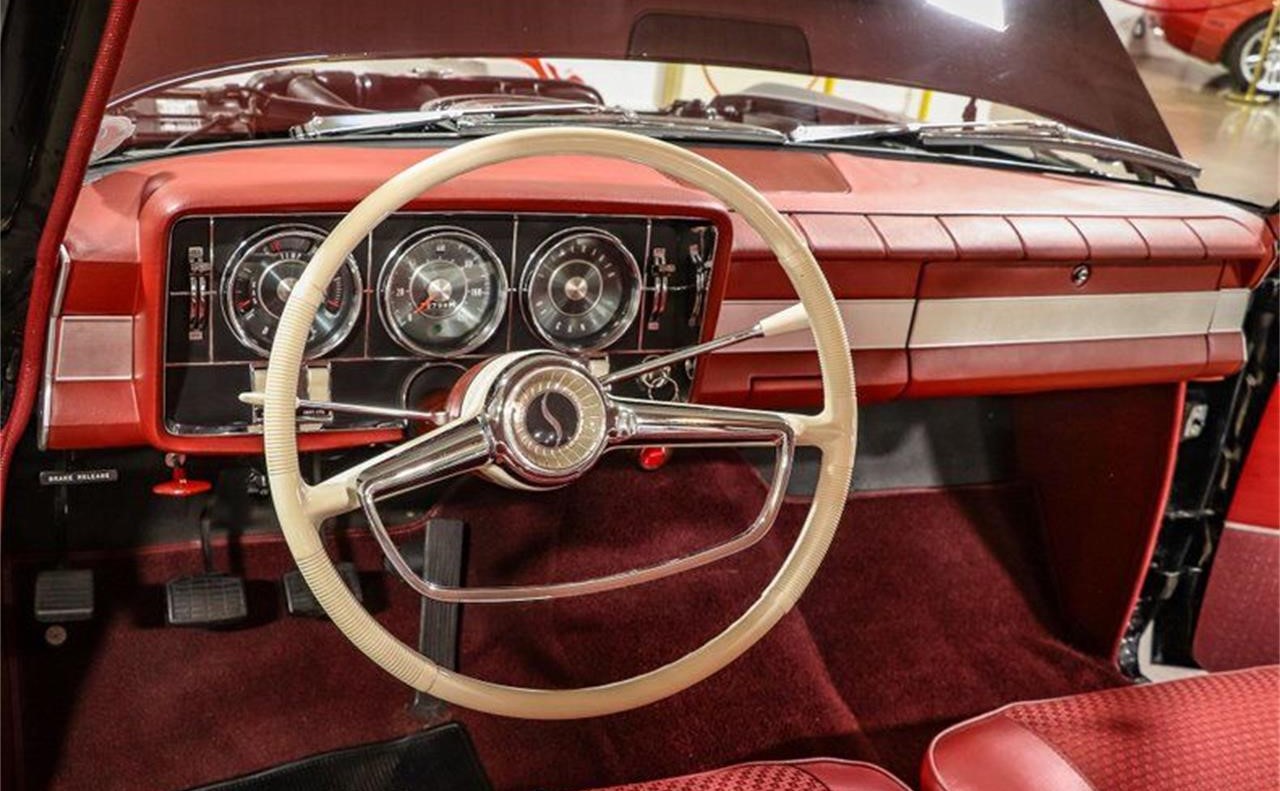
Starting in 1962, the Studebaker Lark and Hawk (now known at the Gran Turismo Hawk) featured a contemporary restyle from Brooks Stevens. The financial investment was outweighed by the styling itself, a drastic improvement both outside and inside. Of special note was Studebaker’s embrace of the sporty trends of the time, especially with bucket seats and center console — the new model was called Lark Daytona. For 1963, Studebaker added supercharging, with these Jet-Thrust V8s (along with the all-new Avanti) setting many speed records at Bonneville. It could be said little Studebaker was a performance brand on par with any of the Big Three.

Come 1964, an even more profound restyle arrived, with the Mercedes-esque grille being replaced by a full-width grille with inset headlights, squared-off sides, hood and trunklid, and roofline, and new taillights. Studebaker also made an effort to phase out the Lark name, instead organizing a hierarchy that included Challenger, Commander, luxurious Cruiser, and sporty Daytona models, plus the GT Hawk and Avanti. And, then, in December 1963, Studebaker could no longer proceed as planned. South Bend production was moved to Hamilton, Ontario, Jet-Thrust engines were discontinued and, in the subsequent two model years, Studebakers were powered by a Chevrolet small-block V8.
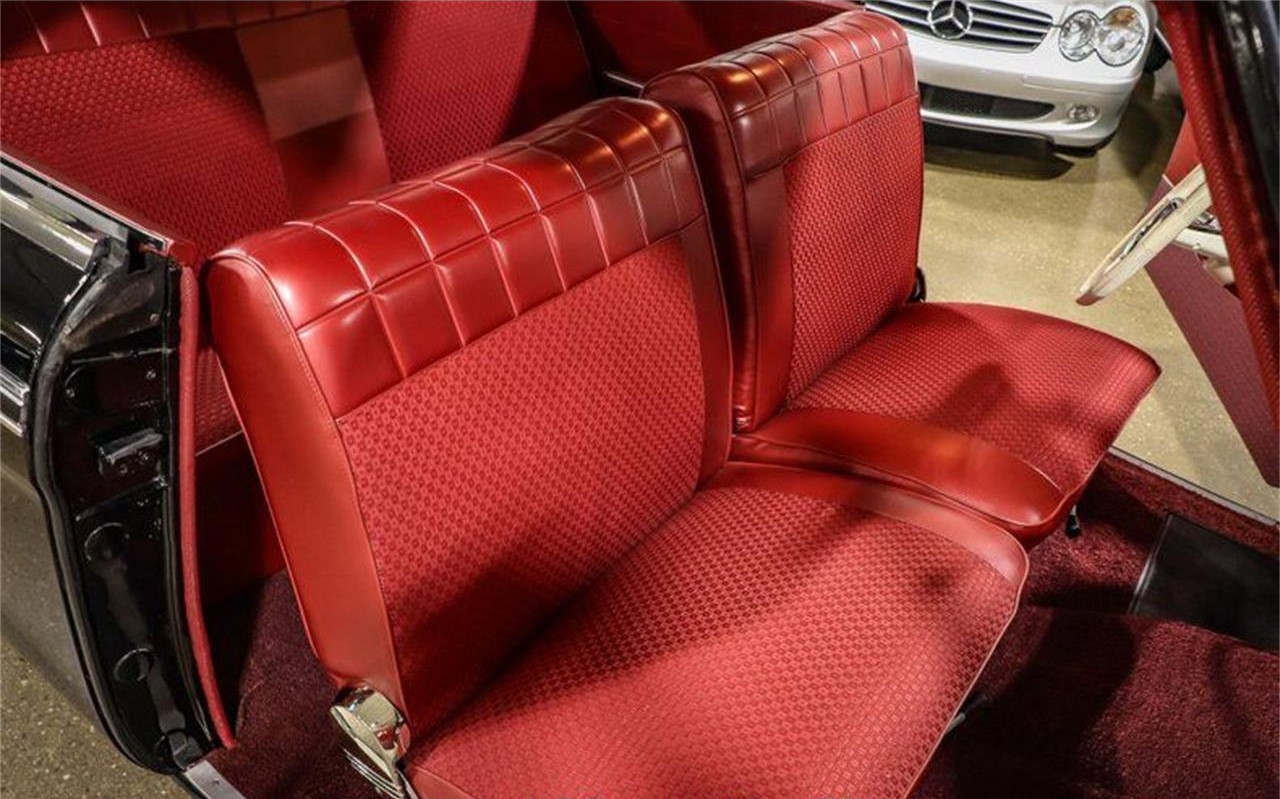
This 1964 Studebaker Daytona two-door hardtop features all its documentation, which would make sense considering it has only 9,796 miles on the odometer and has been in the hands of its first owner since new. “The 59-year-old black paint has been well maintained and as expected there are a few minor blemishes but still the finish shines with a deep luster,” says the seller. “Likewise, the bumper chrome is well preserved with only some light patina and such is the case of the related stainless and body trim which all glimmers brightly.” Inside, the red upholstery still gleams in richness with little to no wear. Like all Studebakers of the era, complete instrumentation was standard. Power comes from the standard V8, a 259 two-barrel backed by a three-speed manual on the column. For 1964, the Daytona’s standard buckets and console was downgraded so this particular vehicle features a split bench. “The suspension is solid and tight as expected from such a low-mileage car,” adds the seller.
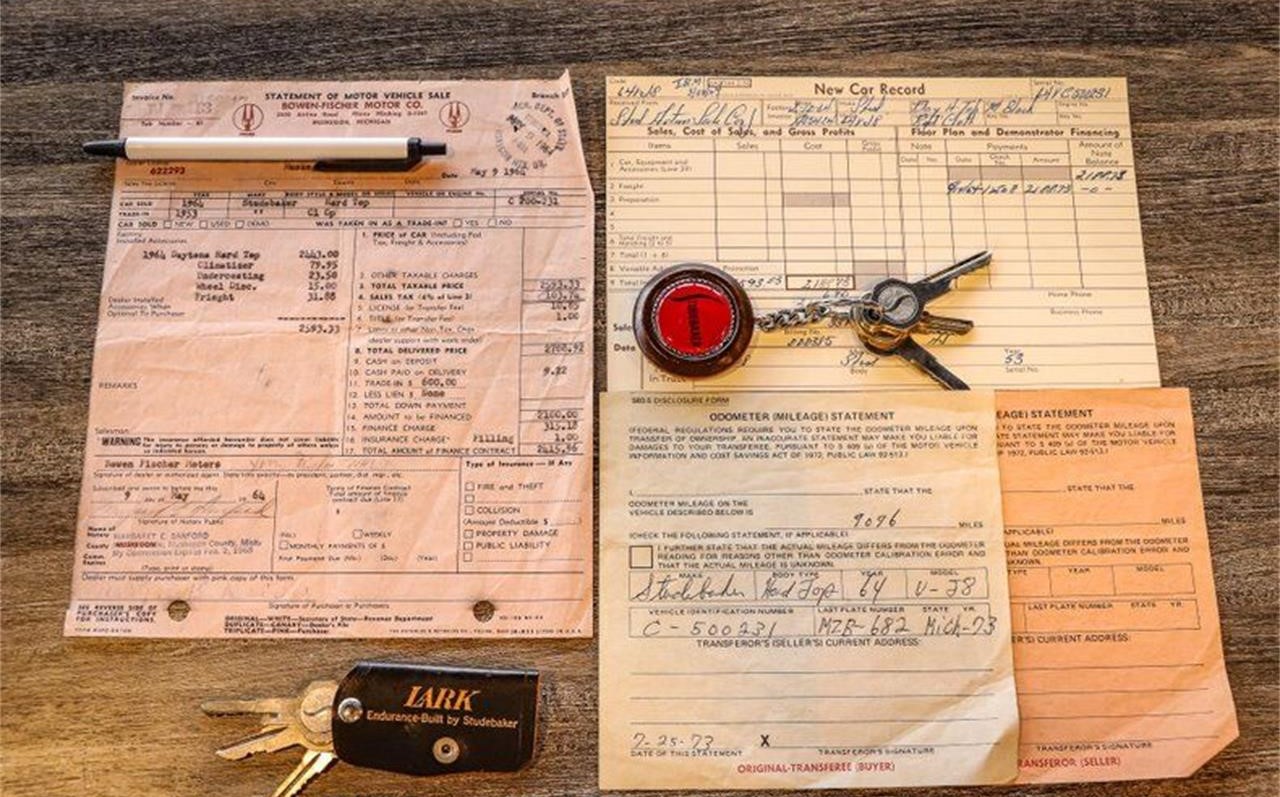
Low-mileage cars deserve to have their mileage conservatively maintained, so this Studebaker is in search for a particular collector that values originality over everything else. With contemporary style cleverness that survival demanded, this 1964 Studebaker Daytona two-door hardtop represents Studebaker’s tenacity in good form.
To view this listing on ClassicCars.com, see Pick of the Day.



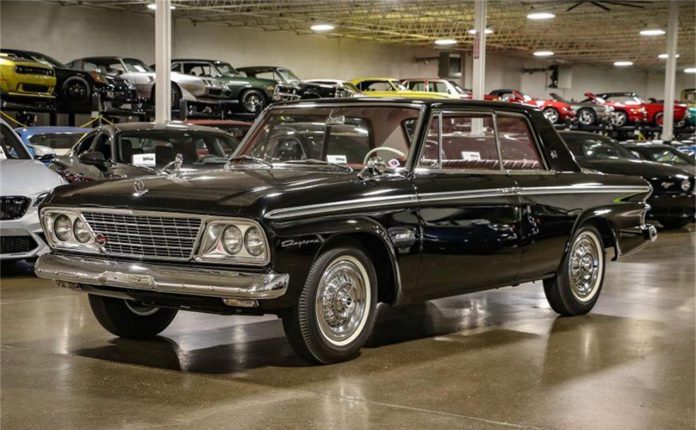


OMG… What a gorgeous car! Studebaker always made excellent automobiles. It is so sad that the big three pushed them out like so many others. I’d like to own another one.
Studebaker died due to poor business decisions. Had nothing to do with the Big 3. The company deserves respect for obtaining several lifelines along the way.
This is a great looking Lark. Unfortunately my father bought a 59 Lark as a second car. From the start it was trouble prone. Dealer could not fix, so Dad drove to South Bend where even Studebaker technicians could not determine what was wrong. As to Studebakers demise, it would have been interesting to see (if the proposed merger of Nash, Hudson, Packard, and Studebaker had actually occurred) how things might have turned out.